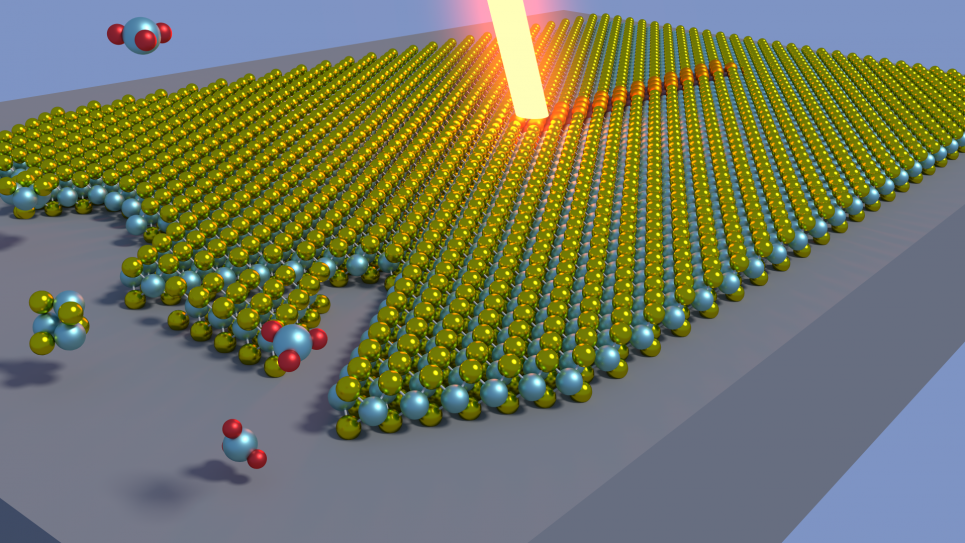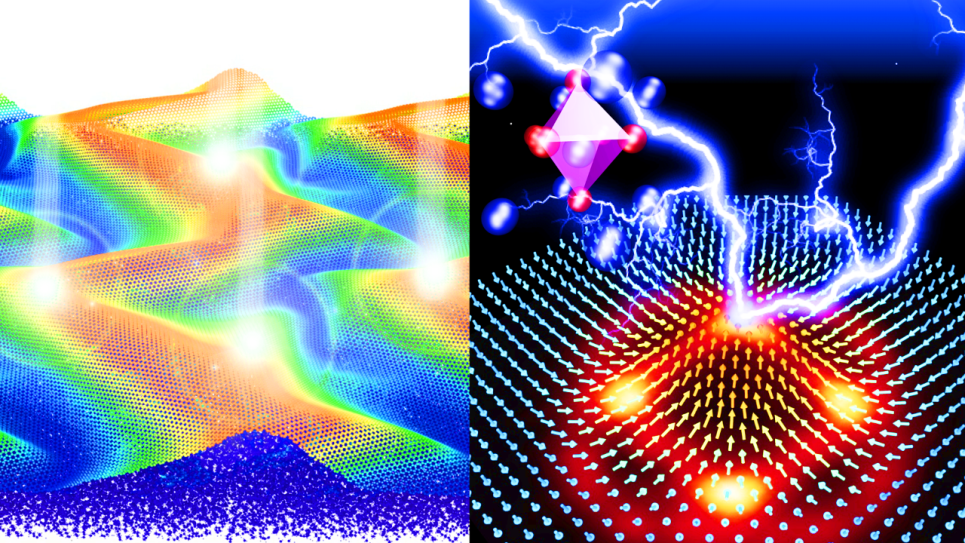
Petascale Simulations for Layered Materials Genome
Functional layered materials (LMs) will dominate nanomaterials science in this century. The attractiveness of LMs lies not only in their outstanding electronic, optical, magnetic and chemical properties, but also in the possibility of tuning these properties in desired ways by building van der Waal heterostructures composed of unlimited combinations of atomically thin layers. With this INCITE project, researchers will perform 10,000-atom nonadiabatic quantum molecular dynamics (NAQMD) and billion-atom reactive molecular dynamics (RMD) simulations for computational synthesis and characterization of revolutionary layered materials.
These simulations will (1) aid the synthesis of stacked LMs by chemical vapor deposition, exfoliation, and intercalation, and (2) discover function-property-structure relationships in LMs with a special focus on far-from-equilibrium electronic processes.
This project carries over the success of two previous INCITE projects on scalable and fast petascale simulations to the paradigm of LM. This team has already performed the largest-ever RMD and quantum molecular dynamics (QMD) simulations on Mira by fully exploiting the system’s core architecture.
The project will provide predictive theory, directly validated by X-ray laser experiments at Stanford’s Linac Coherent Light Source (LCLS), to form a cornerstone of DOE's layered materials genome efforts. Function-property-structure relationships in stacked LMs span a wide range of length and time scales. Together, the leadership INCITE simulations and LCLS X-ray laser experiments will, for the first time, describe nonequilibrium dynamics in LMs at exactly the same spatiotemporal scales.
